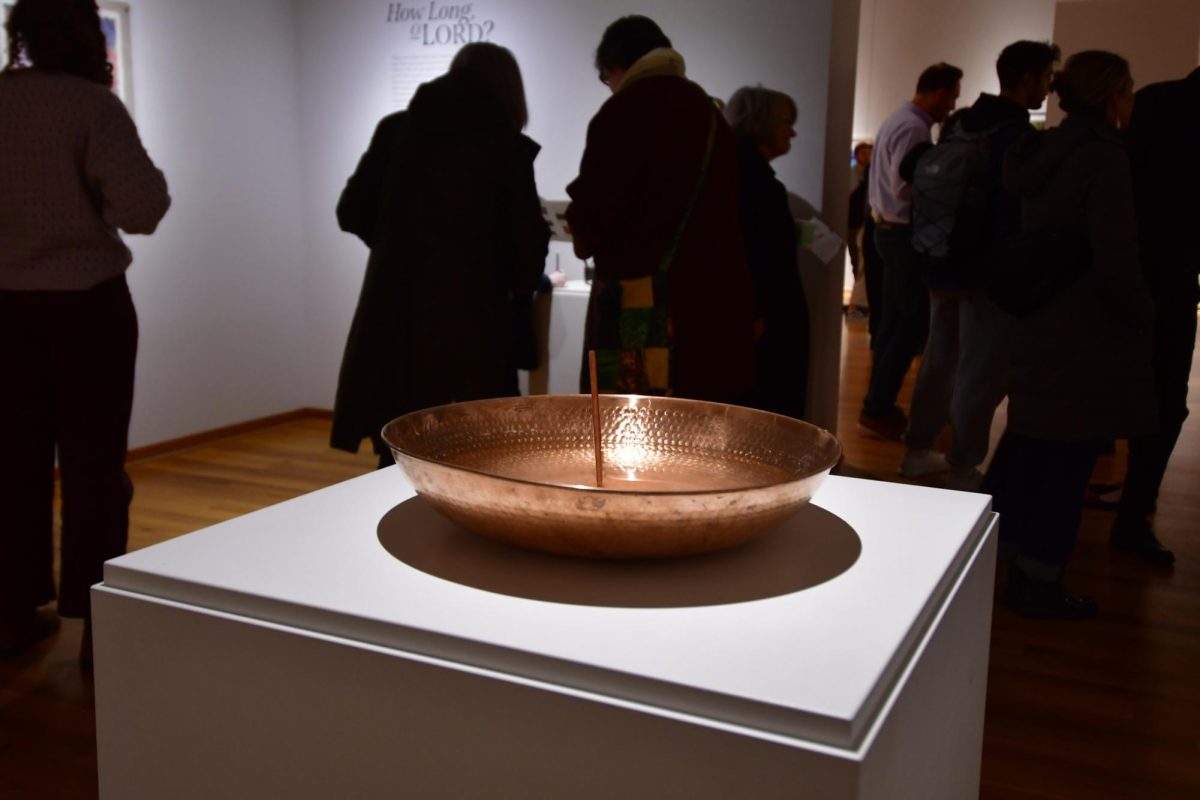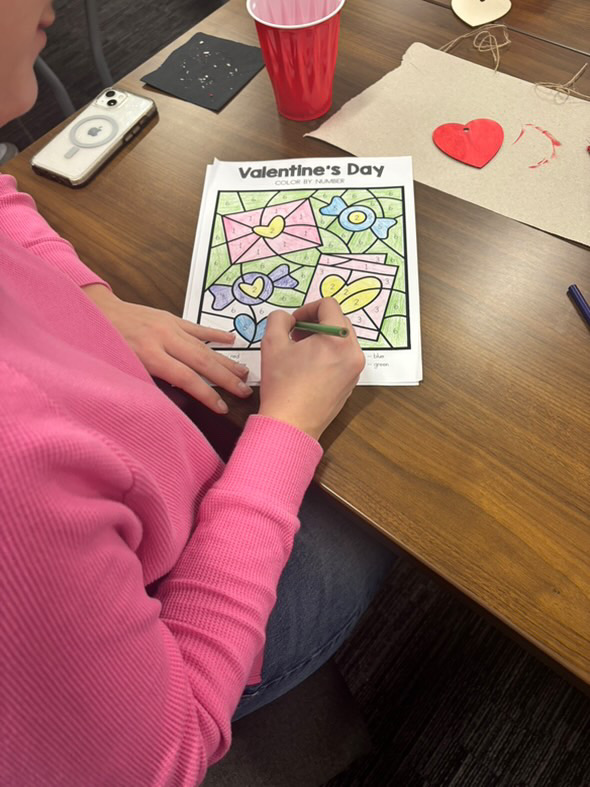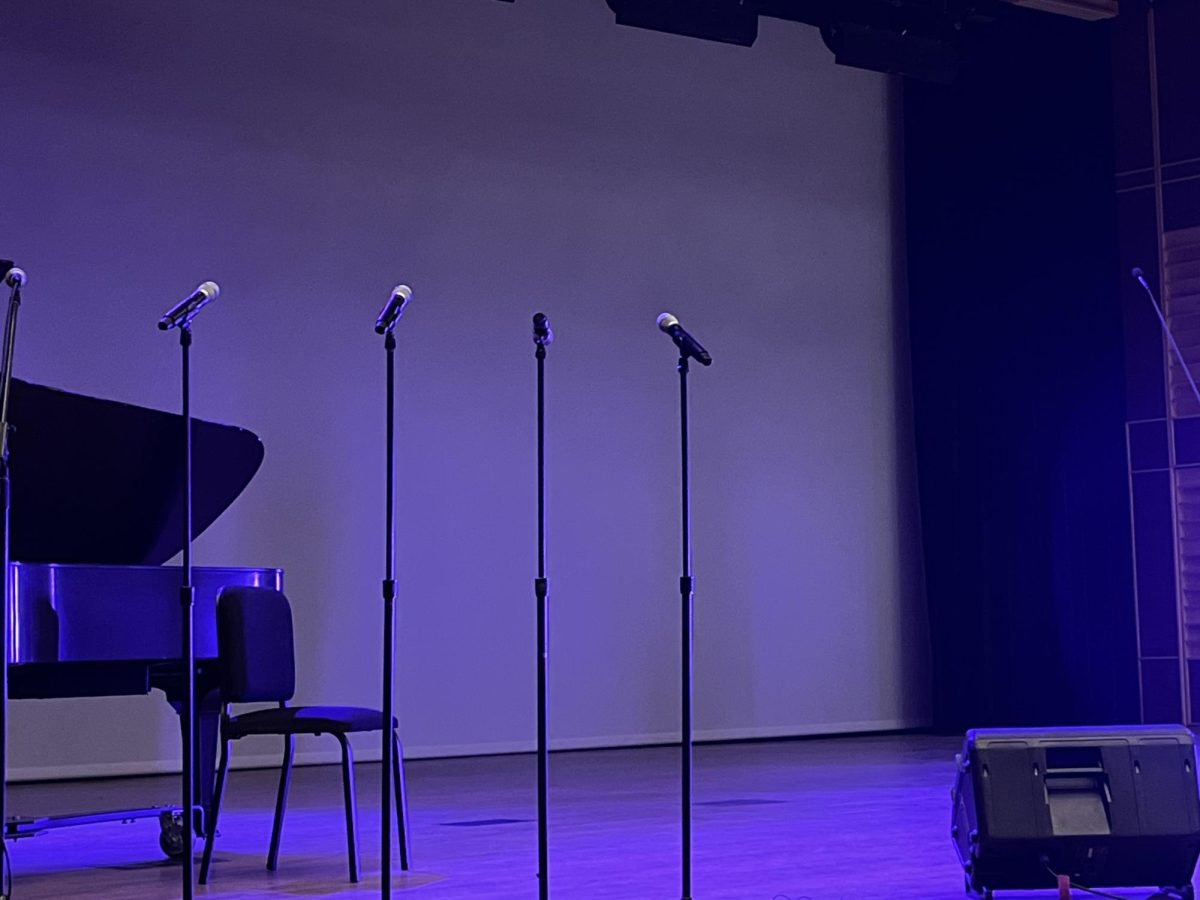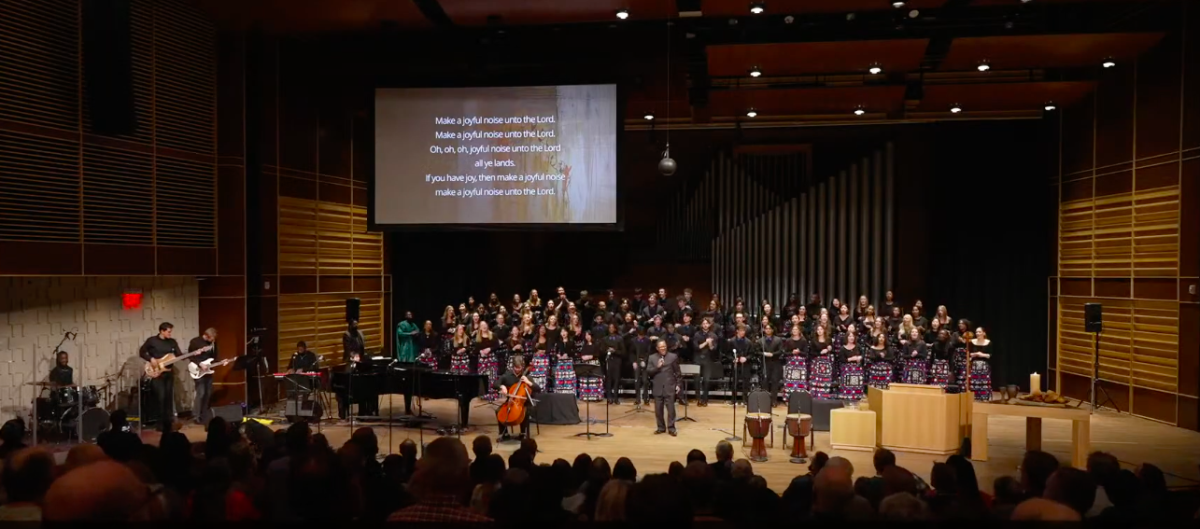Today, dance is a particular trend among young people, especially on platforms like TikTok, where new forms of dancing have evolved as a form of entertainment and art. Moving your body and posting it on social media can boost mood and confidence, while also fostering a sense of community among TikTok users.
Calvin has dance communities of its own, as seen in the well-known Dance Guild, a showcase that takes place every semester to celebrate various dance forms, as well as Rangeela, an annual intercultural showcase that appreciates cultural diversity through dance.
However, forty years ago, Dance Guild wasn’t a full-house event. It wasn’t even a three-show event, and people were generally not supportive of the idea of moving the body.
In conservative communities like the CRC, dancing was often frowned upon. The act of moving the body was seen as a sign of disorder and lack of control, promoting passion, seductiveness, and lust, which were thought to inhibit spiritual growth. But some people, including some still in the Calvin community, were determined not to let those views stop them from moving their feet, arms, and wrists to the beat.
“I didn’t care because I knew that’s what I was created to do,” said Shelley Marinus, a 1981 Dance Guild performer.
Now in her 50s, Marinus has a long history of dancing at Calvin. She performed with colleagues in the early years of Dance Guild.
Marinus attended Calvin in 1980 right after graduating from high school and took the dance interim offered in January 1981, which ignited her passion for pursuing a career in Dance Movement and Psychology.
However, the environment around her was not supportive. After performing contemporary jazz with her colleagues in Dance Guild 1981, a professional photo of them dancing was published in the Banner magazine, a publication of the CRC in North America, and they received harsh feedback.
One comment that stood out to Marinus was someone calling them “druids”— a reference to witch-like characters in Irish culture. It was a difficult time for her and the dance community at Calvin, especially since even her grandmother would turn her face away if Marinus started dancing.
“[My grandmother] never came to a recital. Never supported anything. She didn’t even look when I danced at my sister’s wedding in 1983,” Marinus explained. At the time, many conservative Christians viewed the arts, including dance, with suspicion. They were considered “of the devil,” she recalled.
But for Marinus, it was quite the opposite. Dancing was more than a means of self-expression—it was an act of worship. She gave her life to Christ when she was 10 on the stairs at her church in her Sunday school class, and starting from that time, there was always an urge to dance which she believes was from the Holy Spirit. “I tend to be a very private person. But the Holy Spirit made me dance,” she explained.
Since middle school, Marinus had been choreographing in her head during worship services. “I think we were created to dance and to worship God,” she said. “People singing hymns with their heads down doesn’t truly express the act of praising God.”
She believes that to truly praise God, people must change their posture and look up. God is not on your pamphlet sheet.
Though dancing was not widely accepted at the time, today it’s become more commonplace. People dance in front of their phones and upload them online, and many are eager to learn how to dance. Marinus’ sister, for example, is now interested in movement and expression and she has started dancing with this church liturgical group.
“I guess we both have that kind of innate need to move,” Marinus laughed. But perhaps she responded to it earlier and bolder than her sister did, and inspired her to embrace it more.
Bringing our bodies back to the lines, the beat, and the melody of our lives is a healing process. As Hillary L. McBride wrote in her book The Wisdom of Your Body, “Healing happens as we invite our bodies back into the narratives of our lives.” Dance and movement therapy is one such way to heal.
At its core, dance therapy may be seen as a treatment for physical stress because “it directly accesses the primitive parts of the brain responsible for movement, heartbeat, and breathing,” according to the Trauma Research Foundation in the article Every Body Dance Now: The Power of Dance/Movement Therapy for Healing Trauma by Erica Hornthal. However, it offers more than just physical healing.
Dance therapy, a niche form of psychotherapy, was founded in the United States in the late 1940s and has since become a robust therapeutic medium in recent decades — especially in the U.S. — Hornthal writes. Outside of the States, in many tribal cultures, such as the friendship dance among the Chickasaw people and various cultural dances in Indonesia, dance rituals have long been essential to the healing process. These rituals are often seen as acts of spiritual respect toward something significant within the culture.
The evolution of dance therapy is a modern continuation of these traditions, supporting the idea that everyone has the ability to express themselves and deserves to be witnessed, validated, and accepted for who they are — not just for what or how they think, as Hornthal noted.
Now working as a volunteer coordinator for Women at Risk, a non-profit that provides safe places for women to heal from abuse, trafficking, and exploitation, Marinus never stops dancing.
“When I see energy dropping or things aren’t going well, I say, ‘Hey, everybody up,’ put on some music, and we start dancing. It lifts the mood and gets people moving and having fun.”
Our bodies are essential to our lives—not just for physical health, but because dancing can help release stress and promote healing. And beyond all of that, isn’t it just fun to move your body?
Regardless of the motivation, it appears in today’s culture that moving our bodies physically engages and energizes us.






